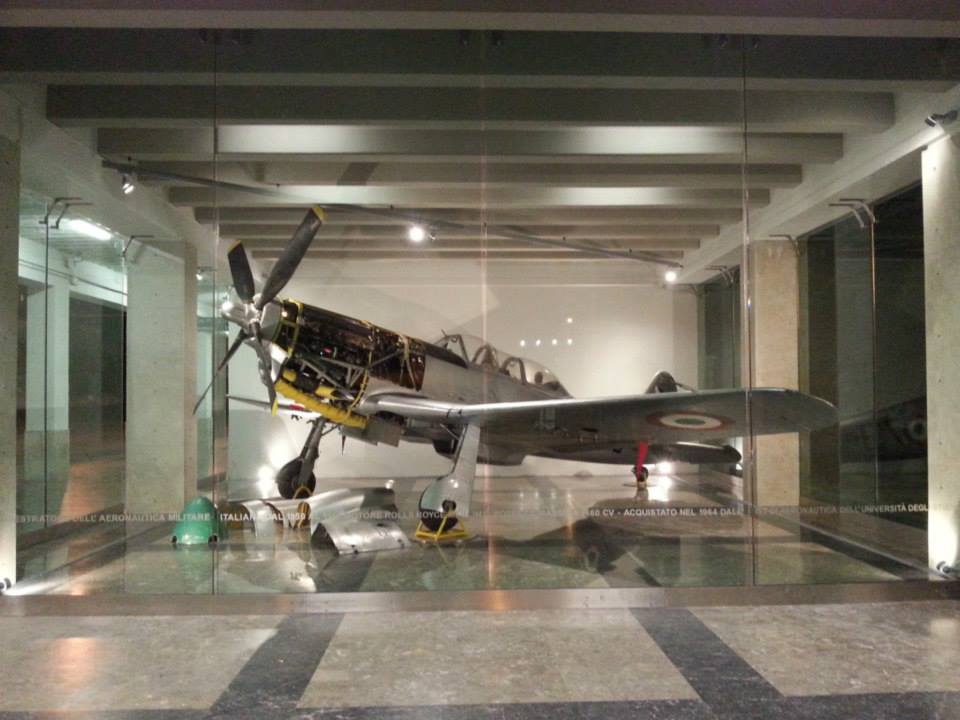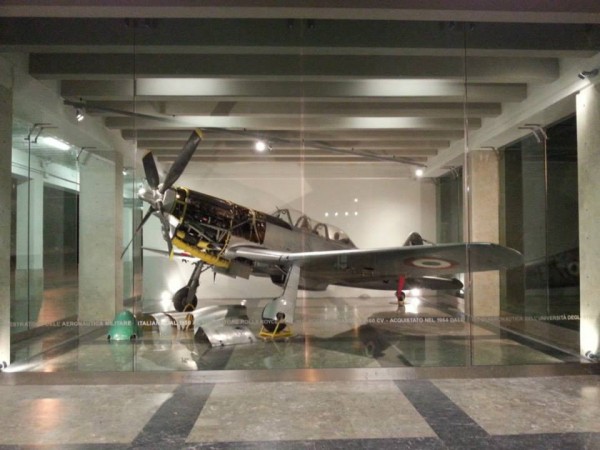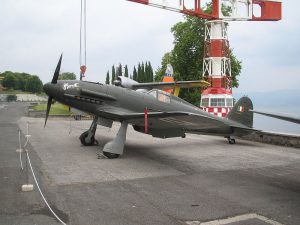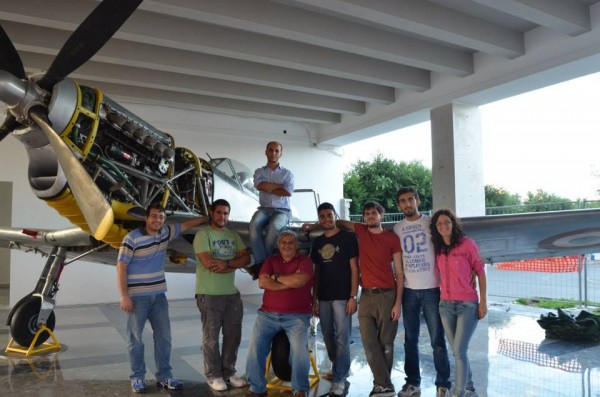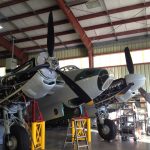The University of Palermo on Monday November 4,2013 has inaugurated the Fiat G 59 exhibit located in one of the buildings of the prestigious school.The Fiat G.59 is now part of the collection of the “Museo Storico dei Motori e dei Meccanismi” of the University of Palermo.
Italy is known for many things such as fashion, design, food,hi-tech companies and much more. Many don’t know that Italy used to be one of the most innovative nations even in aviation. Unfortunately after World War II many of the great airplanes and innovations were lost and often purposely destroyed. A lot of this was due to the desire to forget a very dark period of this nation and aviation, being one of the symbol of the Fascist regime ,went first.
Along with warbirds, parts and innovation it seemed that even the culture for aviation disappeared. Italian aviation enthusiasts for years were forced to go visit museums and admire warbirds only in other countries. In the recent years terrible things happened to many great airplanes, the classic example is the destruction of the Grumman HU-16 Albatross which was wrecked and turned into a heap of aluminum scrap by the people who had bought it with the purpose of returning it to the skies.
Luckily the Italian aviation enthusiasts can thank private citizens who are trying to change things. Renzo Catellani of Volafenice and his Aermacchi MB-326, the newly formed aviation association I-Care and HAG Italy are the perfect example of what can be achived with passion, hard work and patience ( you need it to deal with Italian non-sense bureaucracy).
So this event which in many countries could be routines, in Italy it’s not.
In 1946, Fiat restarted production of the G.55, using the large stock of partly complete airframes and components remaining in its factories. It was available in two versions, the G.55A, a single-seat fighter/advanced trainer, and the G.55B, a two-seat advanced trainer, whose prototypes flew on 5 September 1946 and 12 February 1946 respectively.The AMI ( Aeronautica Militare Italiana) acquired 19 G.55As and 10 G.55Bs, while the Argentine Air Force purchased 30 G.55As, and 15 G.55Bs.
The production of these orders for G.55s for Italy and Argentina caused the available stocks of the Italian licence-built version of the DB 605 engine to run short. As there was still a demand for the aircraft, it was decided to convert the type to use the more readily available Rolls-Royce Merlin engine, with the first conversion flying in early 1948.The conversion was successful, and the AMI decided to convert its G.55s to Merlin power, these re-entering service at the Lecce flying school in 1950 as the G.59-1A and G.59-1B (single- and two-seat versions).Syria placed an order for 30 similar aircraft, which by this time, were completely from new production as the stocks of G.55 components had been exhausted. Of these, 26 were single-seaters (designated G.59-2A) and the remaining 4 two-seaters (G.59-2B). A single G.59-2A was acquired by Argentina for evaluation, but no further orders followed from the South American republic.The final versions were the G.59-4A single-seater and G.59-4B two-seater, which were fitted with bubble canopies for improved visibility. 20 G.59-4As and ten G.59-4Bs were purchased by Italy.
The University’s Fiat G 59 purchased the aircraft from the Italian Air Force in 1964.It was used to teach mechanical engineering until it was, as often happened, put aside. Restoration started years ago and it was recently completed. The University has created a very unique exhibit by using the structure of the outside atrium and glass to enclose the aircraft.
The G 59 was designed for FIAT by Sicilian born aeronautical engineer Giuseppe Gabrielli .Born in Caltanissetta in 1903 Gabrielli , among other things, is considered the “father ” of the first jet aircraft of Italian international success , the famous Fiat G 91 .
The aircraft can be admired at the Historical Museum of Engines and Mechanisms based at the Department of Chemical Engineering Management , Computer Mechanics of the University of Palermo.
The Museum has performed all the restoration work of the aircraft without any outsourcing . For this project the Museum also received the invaluable contribution of Mr. Andrea Oliveri, Francesco Palazzo and the group of students of the Faculty of Engineering. For further information visit the museum’s website, click HERE.







